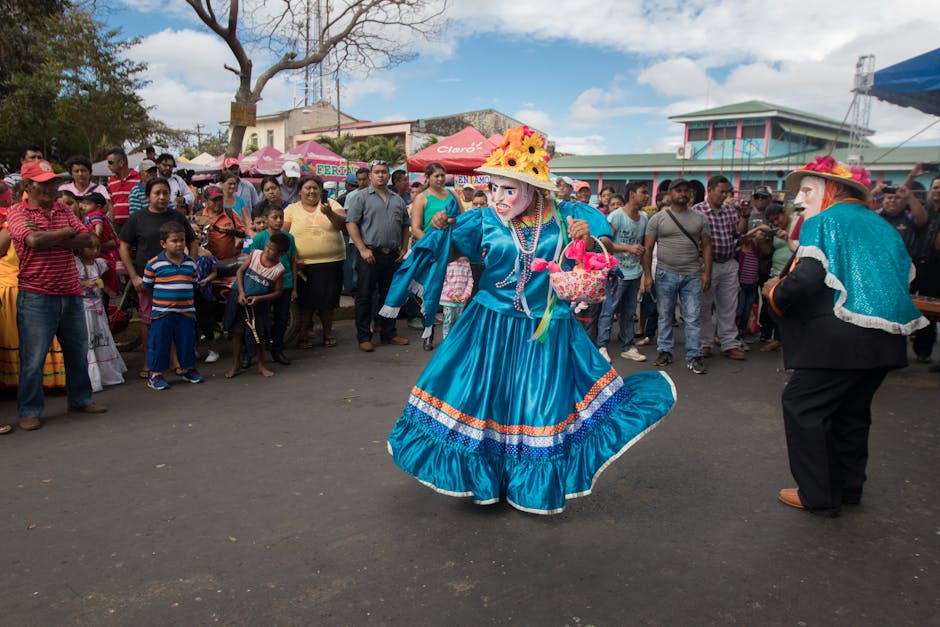
Folklore Motifs in Contemporary Latin American Literature
Folklore Motifs in Contemporary Latin American Literature
Latin American literature has a rich and diverse tradition that is deeply rooted in the region's history and culture. One prominent aspect of this tradition is the incorporation of folklore motifs in contemporary works.
Folklore motifs are recurring themes, motifs, or symbols that have their origins in traditional folk tales, myths, and legends passed down through generations. These motifs often carry significant cultural, social, and historical meanings, and their use in literature adds depth and complexity to the narratives.
In Latin American literature, folklore motifs are employed to explore various themes and issues relevant to the region. They can be used to reflect on the cultural identity, address social inequality, or highlight the struggles and resilience of the people.
For example, the magical realism genre, popularized by Latin American authors such as Gabriel Garcia Marquez and Isabel Allende, often incorporates folklore motifs to blur the boundaries between reality and fantasy. These motifs create a sense of wonder and mysticism, allowing the authors to explore complex themes in a unique and captivating way.
Furthermore, folklore motifs in contemporary Latin American literature serve as a means of preserving and celebrating the region's rich cultural heritage. By drawing inspiration from traditional tales and legends, authors pay homage to their ancestors and keep their traditions alive.
Overall, the use of folklore motifs in contemporary Latin American literature adds depth, richness, and authenticity to the narratives. It allows authors to explore complex themes, reflect on cultural identity, and preserve the region's rich cultural heritage. So next time you pick up a book by a Latin American author, keep an eye out for these fascinating motifs that connect the past with the present.

